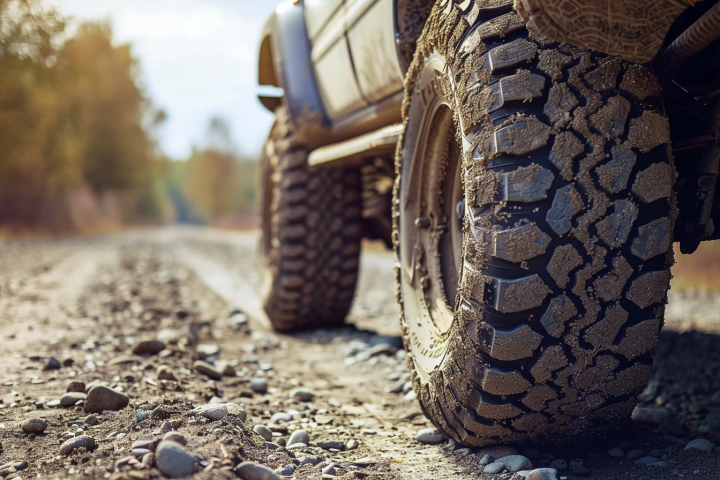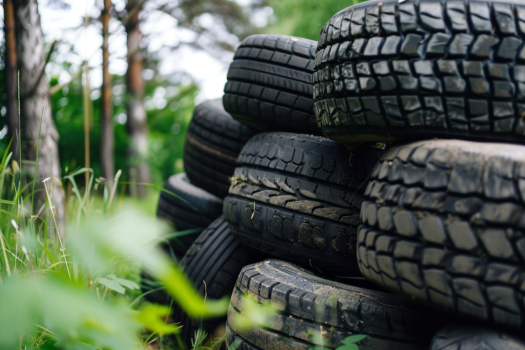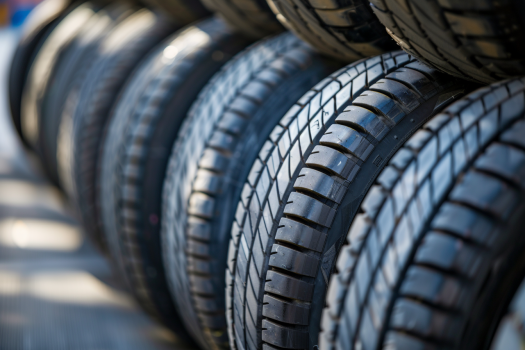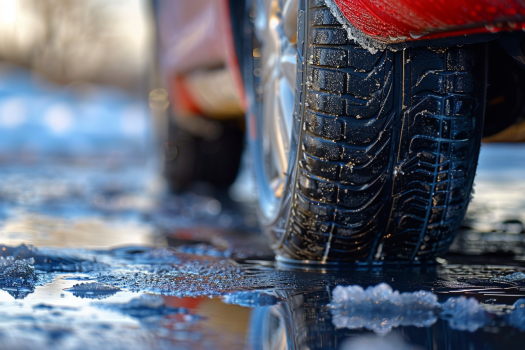Last Updated on April 21, 2024
Upgrade Your Ride with the Perfect Tire Selection
Are you ready to take your driving experience to the next level? Whether you’re a seasoned driver or new to the road, choosing the right tires is the most critical decision to boost your vehicle’s performance and safety. In this comprehensive guide for buying tires in 2023, we’ll equip you with the knowledge and insights you need to make an informed decision and confidently hit the road.
The Significance of Tire Selection
Before diving into the details of buying tires, let’s explore why making the right choice matters. Your tires are the sole point of contact between your vehicle and the road. They play a pivotal role in:
1. Ensuring safety
Safety should always be your top priority when buying tires. The right tires can significantly improve your vehicle’s grip on the road, reducing the risk of accidents, especially in adverse weather conditions.
2. Enhancing Performance
Tires can have a significant impact on your vehicle’s performance. From acceleration and braking to handling and fuel efficiency, the right tires can optimize every aspect of your driving experience.
3. Elevating comfort
Wouldn’t you love a smoother, more comfortable ride? The right tires can absorb road imperfections, minimizing vibrations and noise inside the cabin, leading to a more enjoyable drive.
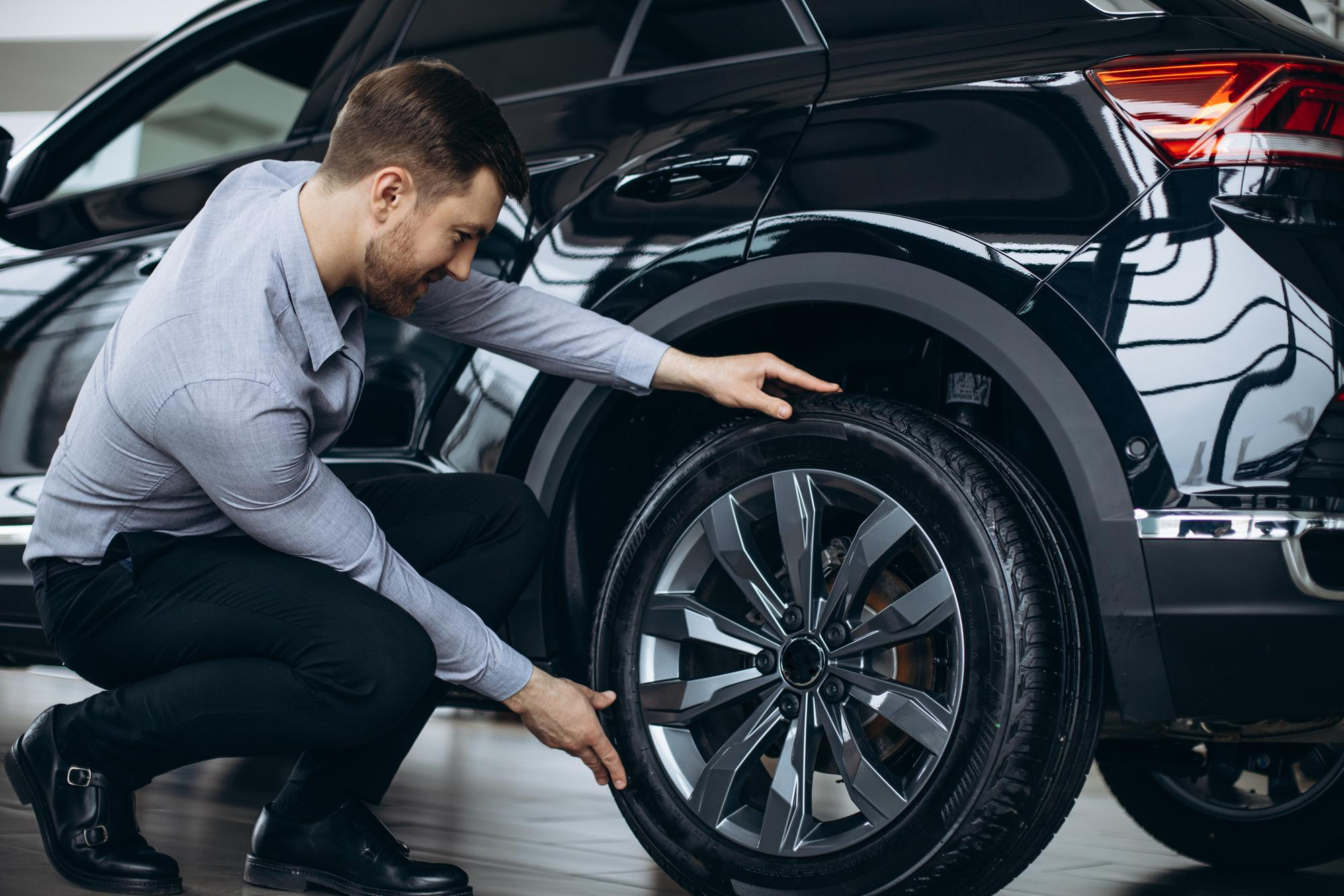
Types of Tires Demystified
Now, let’s break down the various tire types available and their unique advantages:
1. All-Season Tires
Ideal for: Everyday driving in moderate climates
All-season tires are versatile and suitable for a wide range of weather conditions. They offer a balanced mix of performance, longevity, and comfort.
2. Summer Tires
Ideal for: Warm, dry conditions
Summer tires excel in hot weather, providing exceptional grip and responsiveness. However, they may not perform well in cold or wet conditions.
3. Winter Tires
Ideal for: Cold, snowy, and icy conditions
Winter tires are designed to deliver outstanding traction in winter weather, ensuring you stay safe and control slippery roads.
4. Performance Tires
Ideal for: Enthusiast drivers seeking maximum grip
Performance tires are engineered for sports cars and high-performance vehicles, offering enhanced handling and cornering capabilities.
Key Considerations When Buying Tires
Selecting the proper tires involves evaluating several factors:
1. Tire Size
Ensure that the tire size matches your vehicle’s specifications. Refer to your owner’s manual or the sidewall of your current tires for the correct size.
2. Tread Pattern
Different tread patterns are tailored for various road conditions. Choose one that suits your driving needs.
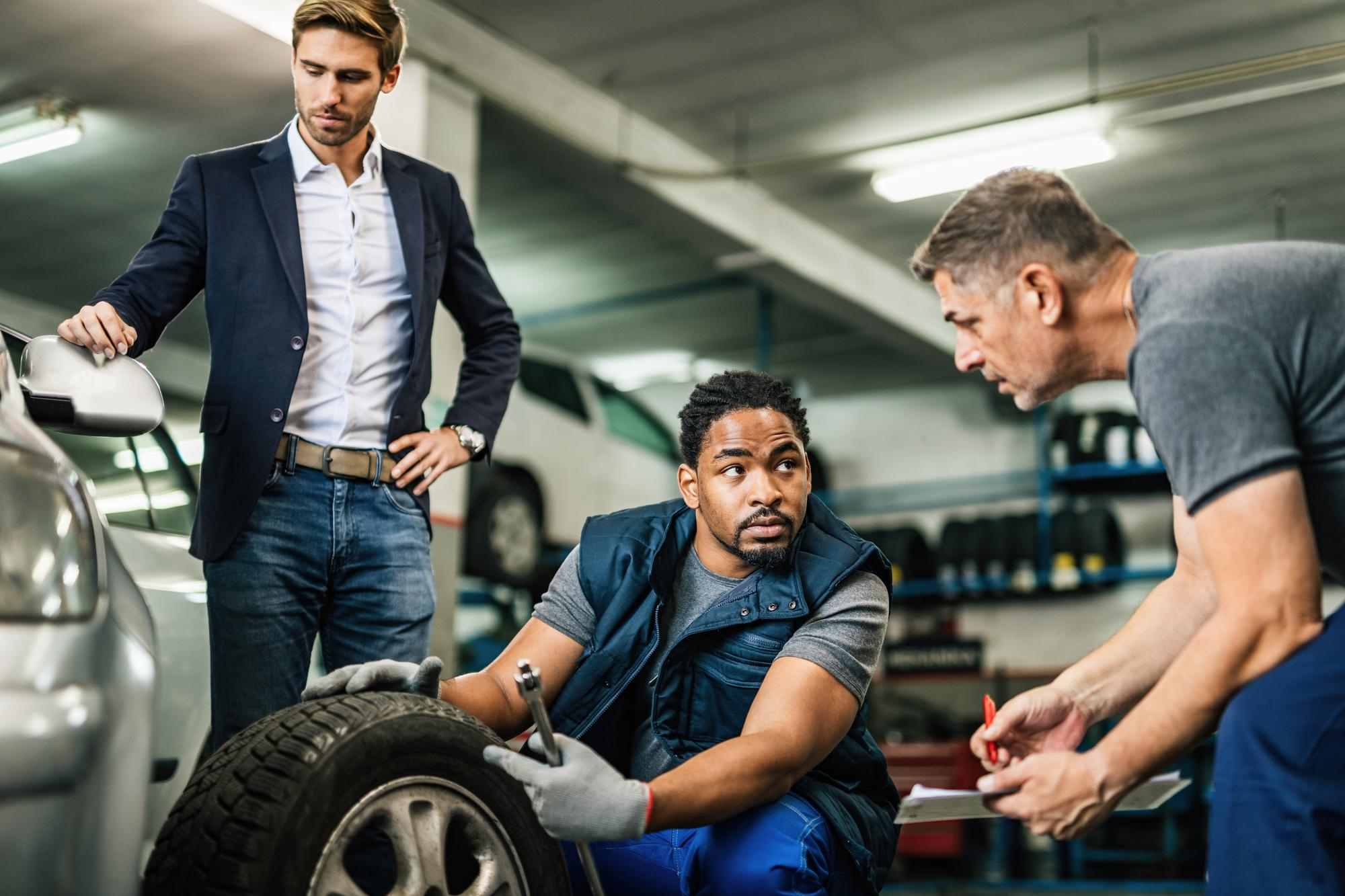
3. Load and Speed Ratings
These ratings indicate the maximum load-carrying capacity and speed capabilities of the tires. Select tires that meet or exceed your vehicle’s requirements.
4. Budget
Tire prices can vary significantly. Determine your budget and look for options that offer the best value for your money.
5. Brand and Reviews
Research tire brands and read customer reviews to gauge their performance and durability.
Tire Maintenance Tips
Your responsibility doesn’t end after buying the right tires. Proper maintenance is essential for longevity and performance:
1. Regular Inspections
Check your tires for wear, damage, or low pressure. Address any issues promptly.
2. Rotation
Rotate your tires as your vehicle’s manual recommends to ensure even wear.
3. Alignment
Keep your wheels aligned to prevent uneven tire wear and maintain vehicle stability.
4. Inflation
Maintain proper tire pressure according to your vehicle’s specifications for optimal performance and fuel efficiency.
Conclusion
Choosing the perfect set of tires doesn’t have to be overwhelming. With the information provided in this ultimate guide for buying tires in 2023, you can make an informed decision that will enhance your driving experience, safety, and performance. Upgrade your ride today and hit the road with confidence!
So, are you ready to make the right choice for your vehicle?
Ready to experience the road like never before? Upgrade your tires with Tire Easy today and embark on a safety, performance, and comfort journey.
Don’t miss out—click now to browse our selection and make the right choice for your vehicle!
FAQs
What should I keep in mind when buying tires?
How can I maximize my tire life?
You can maximize your tire’s lifespan by maintaining proper tire pressure, getting regular tire rotations, ensuring wheel alignment, avoiding aggressive driving, and keeping an eye on tire wear for timely replacements.




